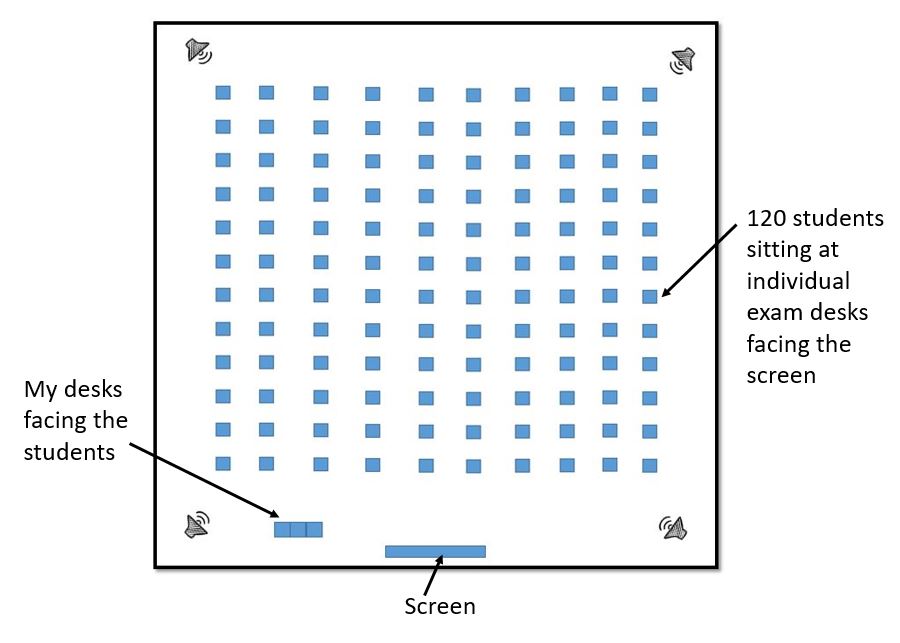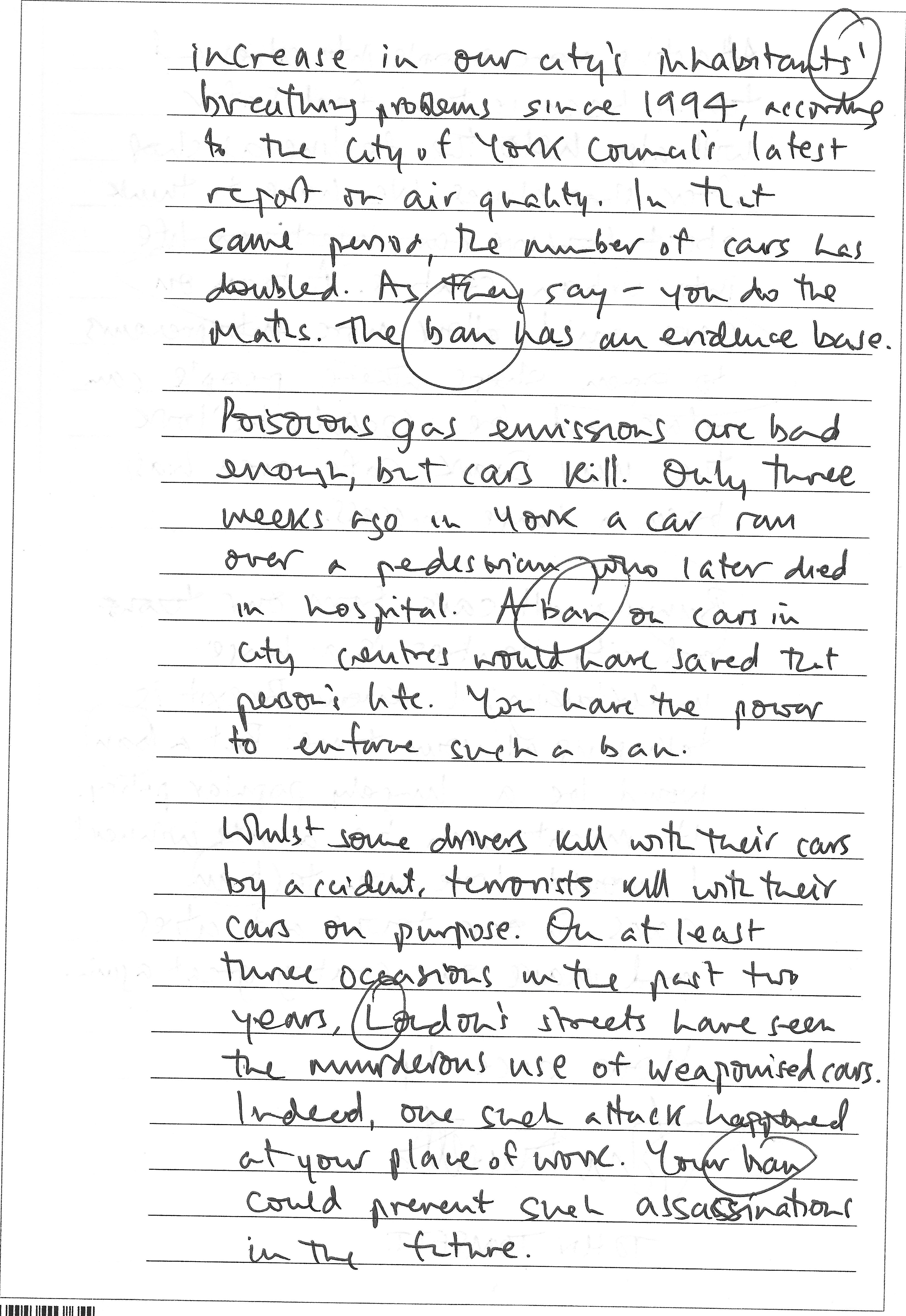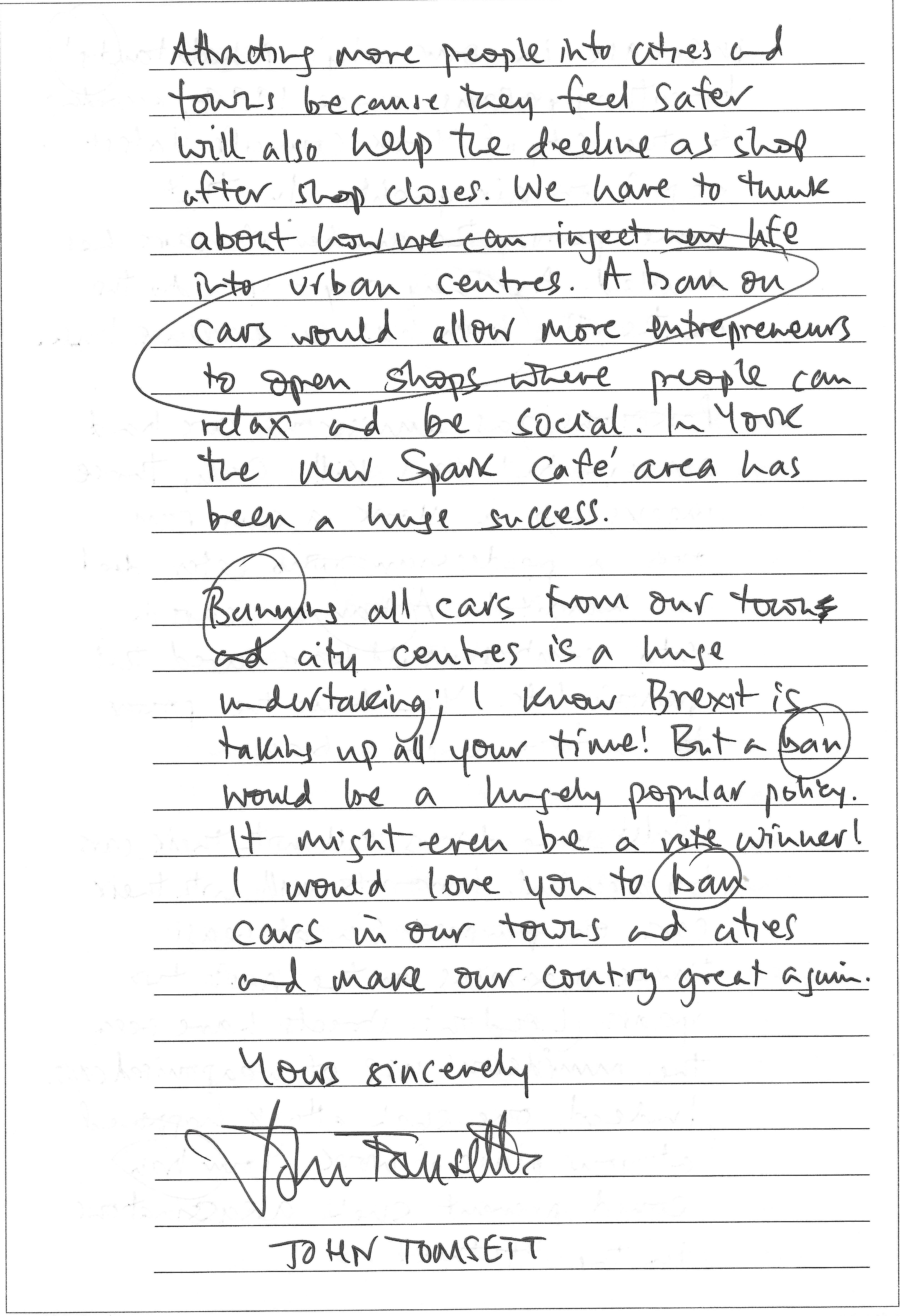I have been a teacher for 30 years, a Headteacher for 15 years and, at the age of 54, this much I know about how to model the answer to an AQA English Language Paper Two, Question 5, 40 marker.
I know I bang on about modelling the thinking-writing-thinking-writing process, but I have lots of good evidence which strongly suggests that the explicit teaching of the thinking-writing-thinking-writing process through commentary-based modelling is a game-changer for lots of students, especially those from less literate socio-economic backgrounds.
Last Wednesday I spent period 1 and period 3 modelling an answer to the 40 mark question on the AQA English Language Paper 2 to both halves of our Year 11 cohort of students; there are 120 students in each half. I have learnt a lot about how to make such an exercise effective over the last few years and everything I have learnt is outlined below in precise detail. I think it is so important to be as precise as you possibly can be when giving such a demonstration; the precision minimises the risk of error and failure.
I run the sessions during English lessons. The teachers bring the students into the hall in silence. All the students require is a pen. I put out copies of the question 5 section of the examination paper on each desk. The teachers stay and ensure that student behaviour is impeccable throughout the session. The teachers also hear what I say so that in the very next lesson they can reinforce my messages when the students practise writing an answer to a similar question to embed their learning.
The layout of the room is crucial. Exam desks and chairs are laid out as though for an examination:

Notice that we have quadrophonic sound. I use a wireless speaker clipped on my shirt collar. Sound is crucial. What you say needs to be heard loud and clear by the students.
I begin with the slides below, emphasising two things: Janus-faced sentences and how I write very deliberately. The tips for writing on the eighth slide are referred to at the end of the session when I check my answer; I show how I have deliberately followed my own advice.
[scribd id=408674101 key=key-uQdgUk5CaS99YjajnfHn mode=scroll]
I use three desks so that I have lots of space. I layout my materials on my three desks thus:

I practise writing out my answer in full on single-sided paper twice the night before and once early morning on the day. I have a copy of one of those three answers laid out on the desk in case I dry up whilst I am writing. All the students can see is what is on the screen. As far as they can tell, I am writing the whole thing from scratch, in real time.
I love using the visualiser, but you have to practise a lot in order to become a visualiser expert. Here is a checklist for using a visualiser effectively:
- Check with your ICT technician that the PC you are using in the classroom has the visualiser software loaded and working the day before the lesson.
- Check that the connection with the visualiser is secure at both ends; have a small piece of blu-tac with you in case you need to secure one of the connections.
- Use a large desk and clear anything you do not need off the desk.
- Make sure that you have established exactly where to place the visualiser so that you can write freely without the visualiser/visualiser wire getting in the way.
- Make sure that the angle of the examination paper on the desk is at the angle at which you find the physical act of writing comfortable.
- Identify in your mind’s eye a spot on the table that you know correlates with the centre of the screen, so that you can roughly keep your pen at that point whilst you are writing.
- Check that you can push the paper away from you as you write and that the top of the sheet does not hit the stand of the visualiser and get stuck and make writing awkward.
- Keep checking the PC screen every 10 seconds or so to ensure the students can see what you are writing.
- Write legibly in black ink and have a spare pen on your desk.
- When you need to turn over the page, wait until you can see that the students have caught up.
- When you read through what you have written out loud, read from the PC screen, not the paper copy, so that you are sure you are reading what the students can see.
Below is one of my answers, with a transcript of some of the commentary I would give as I explain my deliberate thinking whilst I am crafting an answer to the question. I begin by emphasising that they have to write down exactly what I write. I tell them I will talk through what I am thinking as I write. I tell them to be prepared to write at some pace.

“Every word on the paper matters. It is so important that you read the paper thoroughly. They make it clear you need to plan your work. I will make a plan and keep coming back to it. The form, audience and purpose of the piece of writing are key to you being successful. This is a formal letter. The audience is the Minister for Transport, a member of the government. And the purpose is to persuade him or her that you want to ban all cars in town and city centres. I have chosen to argue for a ban, but I could just as easily have argued against a ban – this is not actually about what you think about the issue in question, but a test to see if you can write deliberately, with purpose.
“Now, members of the government usually have a big ego. They like to be praised, and they like to feel powerful, so I am going to make sure that I flatter them. And I will use formal language.
“Now, planning is key and can be kept relatively simple. But once you have planned an answer, STICK TO YOUR PLAN. Sticking to a plan is one of the key ways to help you become a more DELIBERATE writer. As you can see, I am writing a plan that is only seven paragraphs long. And just a couple of words are required to remind me of what I am going to say, paragraph by paragraph.”

“The exam board do not require that you write a full address. If you feel you want to write an address, that is fine. I want to begin with something which is striking and will get the Minister’s attention. I have deliberately used the Trump phrase about making our country great again, just for a little colour. I will use the word ban in every paragraph, so that I keep in touch with the question at all times.
“To make it easy for the person marking your answer, you should leave a line between every paragraph. You get marks for organising your writing and the main unit of organisation is the paragraph, so make sure that you make your paragraphing absolutely clear by leaving a line.
“So, I have caught the Minister’s interest and he or she feels powerful. Now, for the second paragraph, I need a Janus-faced sentence looking back to the previous opening paragraph and onto the second paragraph which is, checking my pan, about how cars are noisy.
“No Minster is going to make a policy change without some evidence, so I can make up some data which sounds convincing. It does not matter if it is not true, but as long as you name the source of your data, that’s fine.”

“Notice how I have used full stops and apostrophes accurately. A full 16 marks are for technical accuracy. And I have used the word ban in every paragraph so far. And now I am going back to my plan to tick off the paragraph I have just written and think about how to shape a Janus-faced sentence to begin the next one.”

“I want to emphasise in my final paragraph how the ban is what I am after, so I use the word three times in the final paragraph. The mention of votes shows the person marking my script that I have not forgotten that I am writing to the Minister for Transport. And you can see that I repeat make our country great again to bring the letter back to where I began in the first paragraph.
“And I check that I end the letter accurately, with Yours sincerely as I used Dear Minister for Transport at the beginning of the letter. If I had used Dear Sir, I would have finished Yours faithfully.”
At the end of the session I emphasise that the best thing students can do before the examination is to practise writing deliberately-structured paragraphs, not whole examination papers nor even whole answers. Success in this question depends upon the students’ level of control over the writing process. It is not about quantity; deliberate thinking when writing is the mother of precise brevity.
POSTSCRIPT: I used the acronym FAP for Form-Audience-Purpose. Best check what FAP means to a street-wise 16 year old before you use it. Some students informed one of my colleagues of my unwittingly embarrassing and, to the students, hilariously entertaining use of FAP; my son confirmed the mistake. The online Urban Dictionary will tell you all you need to know…


Wow https://wp.me/paX3dd-b try this also
Oh John, I too fell foul of the FAP trap earlier this year! Great post, thanks.
Should it be yours faithfully, as you dont know their name
“And I check that I end the letter accurately, with Yours sincerely as I used Dear Minister for Transport at the beginning of the letter. If I had used Dear Sir, I would have finished Yours faithfully.” i think you might of not read this part!